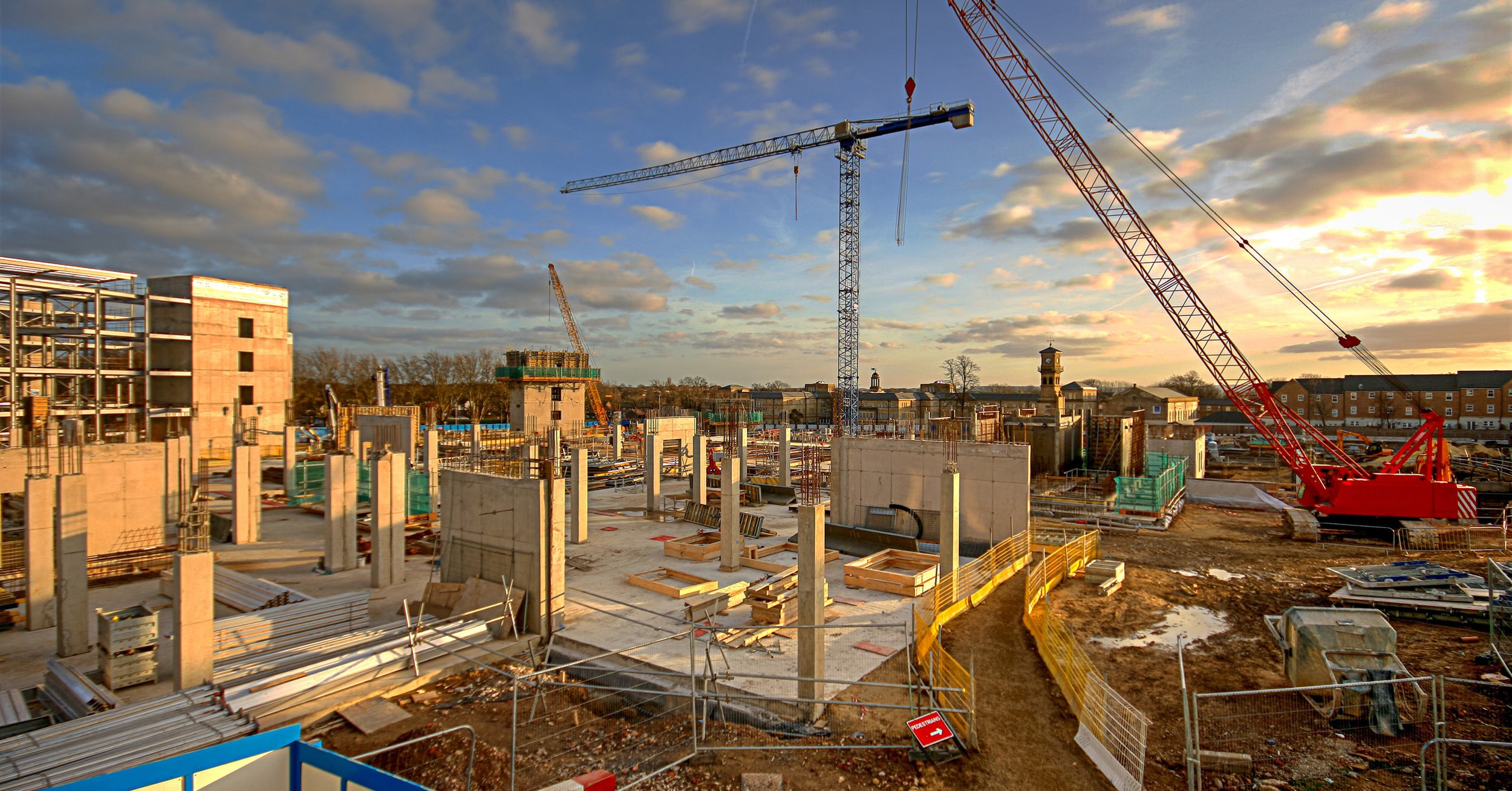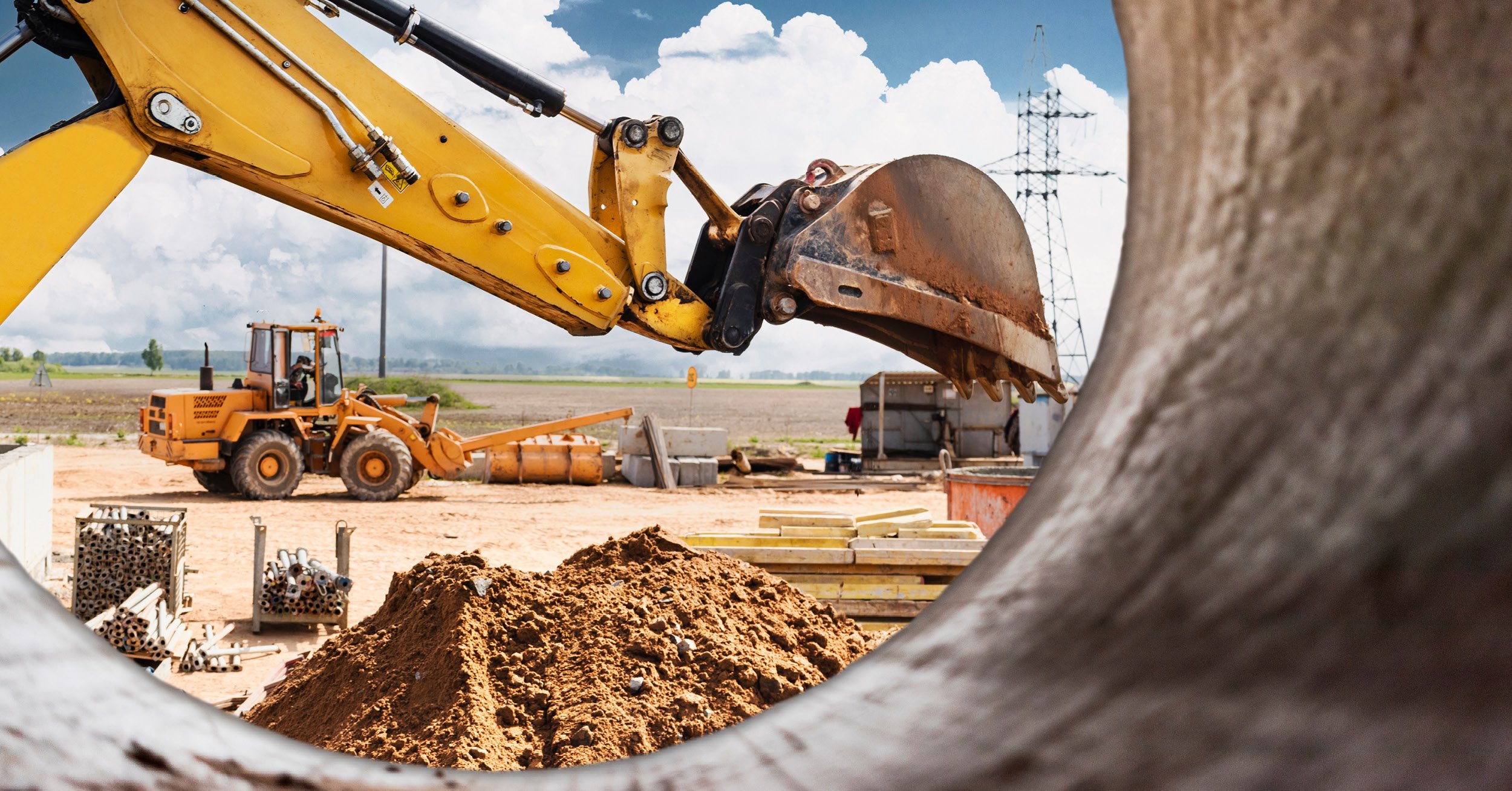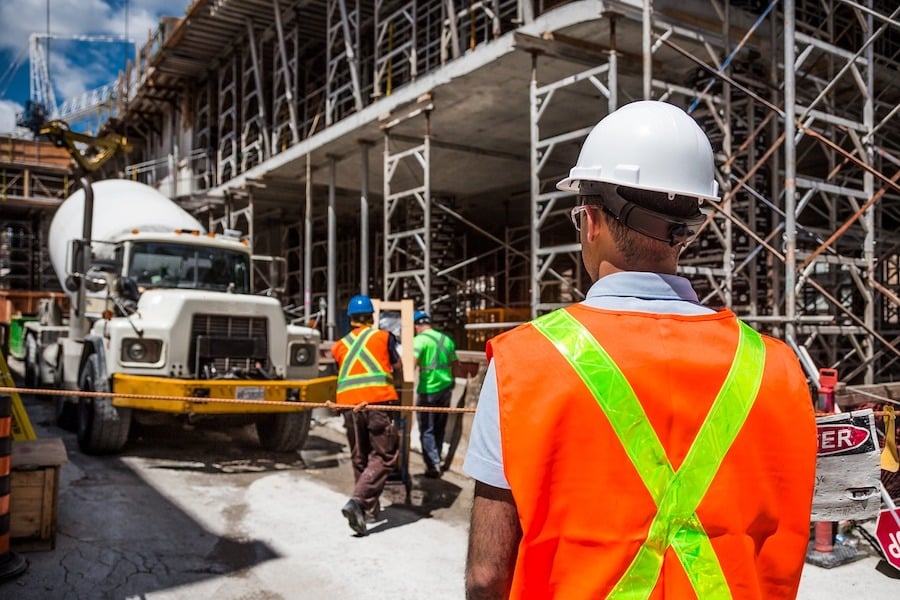Developing a Business Continuity Plan for Construction Companies
May 15th, 2019
4 min. read

Would you know how to keep your construction business running if a major weather-related event destroyed your headquarters? What if there’s an extended power outage and you can’t conduct business for days or even weeks?
In addition to natural disasters, there are other incidents that can threaten your operations. Equipment, machines or technology that are critical to your operations can break down or be infected with malicious ransomware. Or, a key employee with highly specialized skills required to complete a job suddenly leaves your company, leaving you scrambling to find a replacement or find more workers.
You may not be able to prevent such incidents, but you can prepare by creating a business continuity plan to help you conduct business as usual when the unexpected happens.
What is a Business Continuity Plan?
A business continuity plan is a deliberate strategy for resuming and maintaining your normal business functions in the midst of a major disruption. The plan provides detailed instructions, procedures and tasks that your employees need to deploy in the event of a disaster or other interruption.
You may have also heard the term “disaster recovery plan” used synonymously with business continuity plan. However, a disaster recovery plan merely focuses on restoring your IT infrastructure. That said, it should be included in your overall business continuity plan as part of an all-encompassing strategy. A business continuity plan will guide the way you handle your assets, human resources, communications, processes, vendor relationships and more.
The Need for a Business Continuity Plan is Real
It’s easy to think, “It will never happen to me.” But record-breaking, weather-related disasters are on the rise. So-called “100-year floods,” for example, seem to happen every few years instead of once a century.
Not surprisingly, some organizations never recover from a catastrophic event. The Federal Emergency Management Agency (FEMA) estimates that 40 – 60% of small businesses never reopen following a disaster, and 90% of smaller companies fail within one year unless they can resume operations within five days.
Sadly, organizations that experience a data breach or cyberattack face a similar outcome. Studies indicate that 60% of small and medium-sized businesses that become victims of cyber attacks never recover and shut down within six months.
How to Develop a Business Continuity Plan
Gather Resources
While you may have a running list in your head of all your employees, contractors and other important contacts, compile them into a document along with their contact information. That way, you can immediately reference the information rather than spend time tracking down phone numbers and email addresses when you need them.
Likewise, take an inventory of all your equipment and include model numbers and contact information for those who service and sell the machines. This will allow you to get the ball rolling for repairs or replacements faster and will also smooth out the process of filing construction insurance claims.
Designate temporary work locations so employees can continue working in the office. It’s also important to know where to secure rental equipment to continue work on the jobsite if your machinery was damaged or destroyed.
Ensure that your computers and networks are backed up regularly so you can get your systems up and running quickly. Because of the reliance on technology, quickly recovering business data and records is critical for sustaining operations.
Establish Processes
Your plan should outline the who, what, when, where and how for getting systems back up and running, making phone calls, working with vendors, and handling general business functions. Determine how you will continue working if major tools, equipment, technology or people are no longer available.
Sure, you’ve got established processes for your accounts receivables, lender payments, compliance, vendor relationship and more on any given day. But those routine procedures will likely be disrupted in the event of a major disaster. Establish plans for how these functions will continue outside normal circumstances.
Likewise, you’ll want to determine how to cover your employee payroll to ensure your workers are taken care of and that they can focus on getting your business back up and running. Many employees may end up working overtime during a crisis, so make sure you also have policies in place so they know what to expect and so you’re financially prepared.
Following through on various procedures can be difficult if much of your business technology isn’t available due to a power outage, so it’s a good idea to keep a hard copy of your business continuity plan on hand in addition to a digital version.
Assign Roles
Your team not only needs to know what should be done, but who should do it. Assign roles to individuals in your organization who will be responsible for essential business operations. Identify those with responsibilities by name to eliminate ambiguity, and make sure they are aware of their roles in the recovery process ahead of time.
Develop a Communication Plan
Establish a clear plan for communicating next steps with your employees. This requires informing your workforce about your business continuity plan ahead of time. Conduct periodic meetings to talk through your plan and any updates so that everyone knows what to expect and how to proceed.
Some business disruptions come with unexpected consequences. For example, if an explosion occurs on your jobsite, various law enforcement and government agencies will likely get involved. Who will work with them? Such an event could also capture the attention of the media. Identify who will speak with news outlets and what steps need to be taken to protect your business reputation. Will you need a press release? Is someone monitoring social media? Make sure managing PR is part of your plan.
Consider that some communication lines may be down during a power outage, so establish a backup plan for communicating with employees, whether through a mass text, email, private social media group or even a designated meeting place. Outline every possible scenario and establish communication protocols to ensure no one is left in the dark.
Getting Started with a Business Continuity Plan
By following these tips, you’ll be able to get a great start on the basics of your business continuity plan. You’ll likely find that the unique risks surrounding the construction industry fall outside a typical company’s situation. It’s important to make sure you’ve covered all the bases and don’t overlook critical details.
You’ll also find benefit in working with an experienced risk advisor who specializes in providing services to construction companies. The team at McClone would be happy to guide you through this process and discuss options. Click the link below to get the conversation started.
Dustin McClone, President & CEO
President and CEO of McClone, an insurance broker ranking in the top 1% nationally, Dustin has overseen exponential growth of the company. “I love the opportunity to build a team that can have a long-term positive impact in every community we serve. It’s not just about building a successful organization—when we do our jobs well, we allow families to be better protected and businesses to be more sustainable. What we do matters.” In addition to his work at McClone, Dustin serves as a Director for Nicolet National Bank, Chairman of the Board for United Way Fox Cities, helps with a variety of other non-profits and founded the Hustle Leadership Network. “Seeing other people succeed is the coolest thing for me. Community is all about people. It’s about relationships and sharing and building each other up. When one person succeeds, we all succeed.” Dustin holds a bachelor’s degree from Marquette University, has worked in the insurance business for more than 18 years, is a youth basketball coach, is involved in numerous industry innovation groups, is a public speaker, married his high school sweetheart and has two kids.
Topics:











